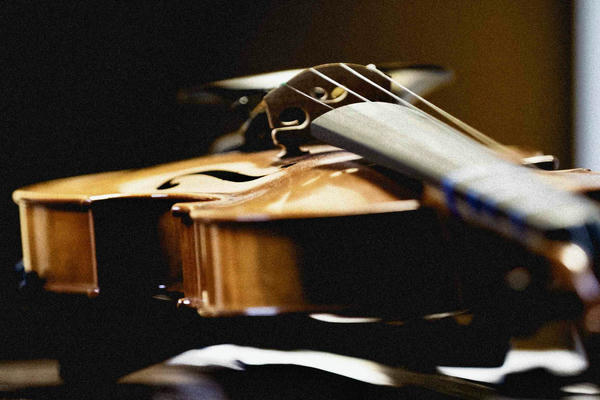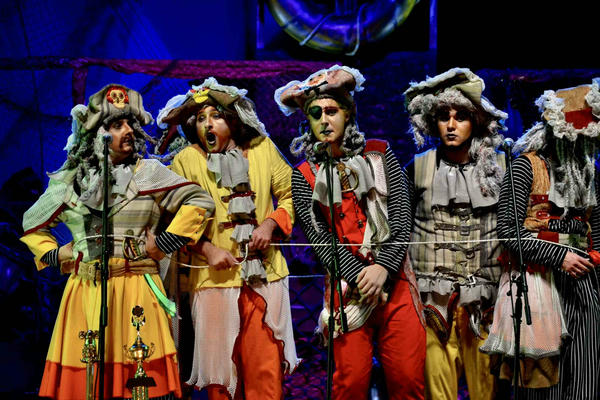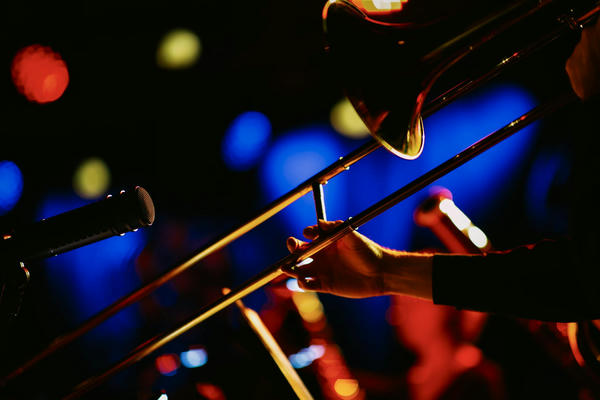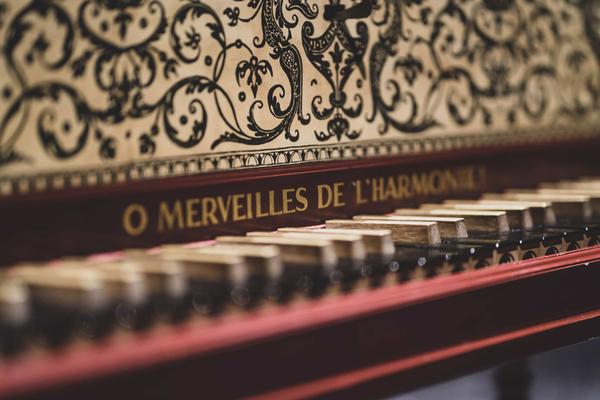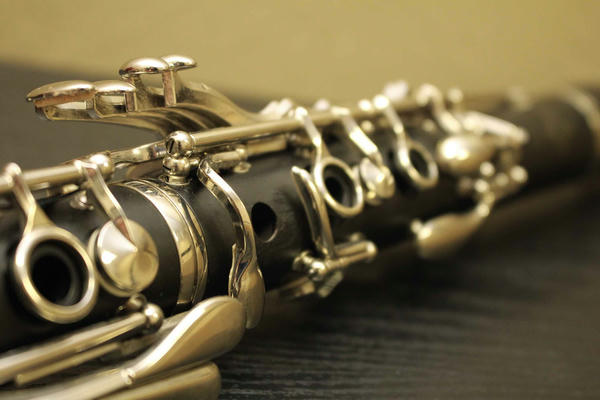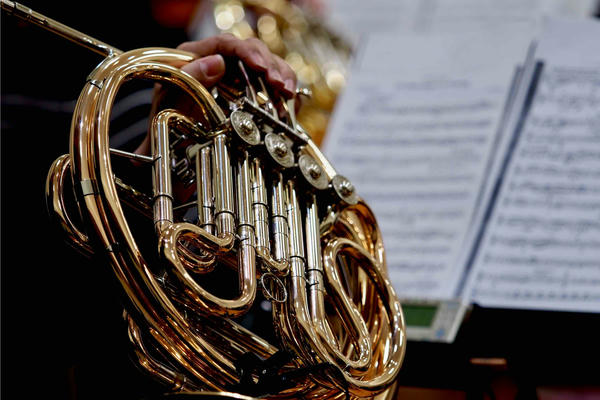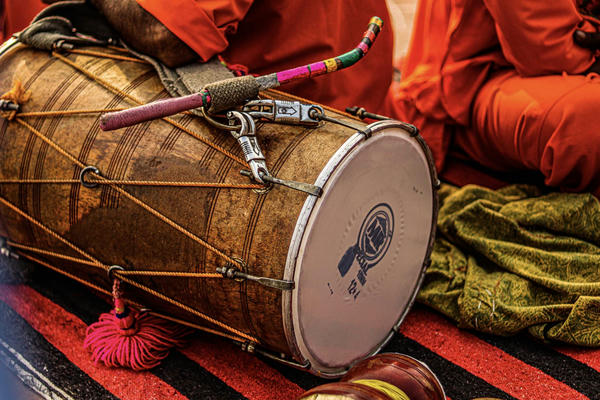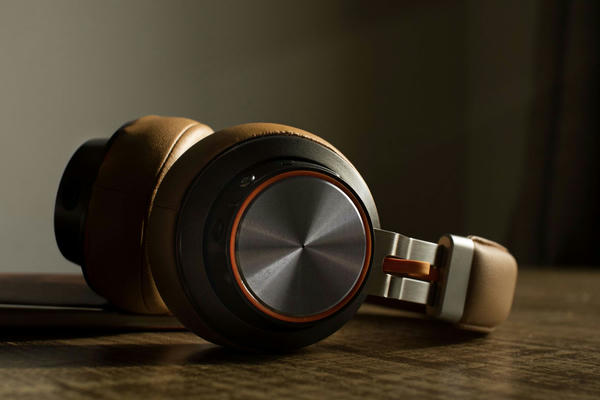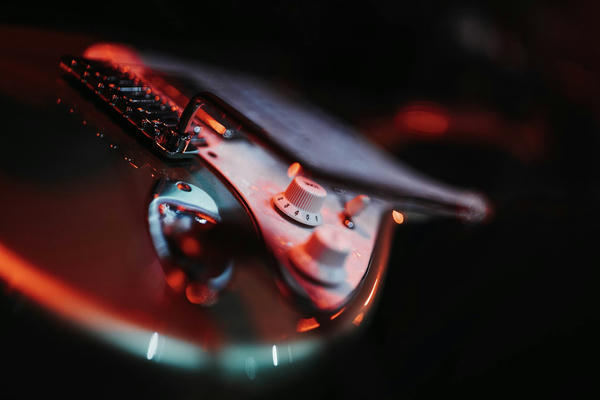GCSE Music Eduqas
Specialist teaching resource for GCSE
Eduqas Areas of Study
GCSE Music Eduqas AOS 3: Thumbprints of styles and genres, aural training and analytical listening questions focusing on timbre and dynamics. Exploration of how musical elements are used to enhance the visual, from silent movies to the 1960s spy thriller, hands-on micky-mousing exercise. Exam style questions to finish. This resource also includes an additional playlist to use as the basis for further questions and to broaden and deepen students' understanding of the conventions associated with this Area of Study.
Specialist teaching resource for GCSE
Eduqas Areas of Study
GCSE Music Eduqas AOS 3: Thumbprints of styles and genres, aural training and analytical listening questions focusing on timbre and dynamics. Exploration of how musical elements are used to enhance the visual, from the 1970s to the present day, thematic development composing exercise. Exam style questions to finish. This resource also includes an additional playlist to use as the basis for further questions and to broaden and deepen students' understanding of the conventions associated with this Area of Study.
Specialist teaching resource for GCSE
Eduqas Areas of Study
GCSE Music Eduqas AOS 2: Thumbprints of styles and genres, aural training and analytical listening questions focusing on sonority and texture. Genres explored: sea shanty, folk ballad, folk custom song, carol, hymn, gospel, mass, motet, oratorio, cantata, opera, aria, recitative, chorus, chorale, lied, mélodie and secular choral music. Exam style questions to finish. This resource also includes an additional playlist to use as the basis for further questions and to broaden and deepen students' understanding of the conventions associated with this Area of Study.
Specialist teaching resource for GCSE
Eduqas Areas of Study
GCSE Music Eduqas AOS 2: Thumbprints of styles and genres, aural training and analytical listening questions focusing on sonority and texture. Genres explored: the sonata, trio sonata, piano trio, string quartet, piano quintet, Romantic miniature, quintet, octet, nonet. Exam style questions to finish. This resource also includes an additional playlist to use as the basis for further questions and to broaden and deepen students' understanding of the conventions associated with this Area of Study.
Specialist teaching resource for GCSE
Eduqas Areas of Study
GCSE Music Eduqas AOS 2: Thumbprints of style, aural training and analytical listening questions focusing on sonority and texture. Exam style questions to finish. This resource also includes an additional playlist to use as the basis for further questions and to broaden and deepen students' understanding of the conventions associated with this Area of Study.
Specialist teaching resource for GCSE
Eduqas Areas of Study
GCSE Music Eduqas AOS 2: Thumbprints of style, legacy and fusions, vocal and instrumental sonorities and playing techniques, ensemble groupings and roles within groups, aural training and analytical listening questions. Exam style questions to finish. This resource also includes an additional playlist to use as the basis for further questions and to broaden and deepen students' understanding of the conventions associated with this Area of Study.
Specialist teaching resource for GCSE
Eduqas Areas of Study
GCSE Music Eduqas AOS 1: Thumbprints of style, aural training and analytical listening questions focusing on binary, ternary, rondo, ground bass, variation, and strophic forms in context. Further aural training and practice questions featuring compositional devices and ornamentation. Examples of a range of genres, conventions and instruments of the Baroque orchestra. Exam style questions to finish. This resource also includes an additional playlist to use as the basis for further questions and to broaden and deepen students' understanding of the conventions associated with this Area of Study.
Specialist teaching resource for GCSE
Eduqas Areas of Study
GCSE Music Eduqas AOS 1: Thumbprints of style, aural training and analytical listening questions focusing on rounded binary, sonata, minuet and trio, rondo, theme and variation forms in context. Further aural training and practice questions featuring compositional devices and ornamentation. Examples of a range of genres, conventions and instruments of the Classical orchestra. Exam style questions to finish. This resource also includes an additional playlist to use as the basis for further questions and to broaden and deepen students' understanding of the conventions associated with this Area of Study.
Specialist teaching resource for GCSE
Eduqas Areas of Study
GCSE Music Eduqas AOS 1: Thumbprints of style, aural training and analytical listening questions focusing on rounded binary, sonata, scherzo, rondo, theme and variations and structural hybrids in context in context. Further aural training and practice questions featuring compositional devices and ornamentation. Examples of a range of genres, conventions and instruments of the Romantic period orchestra. Exam style questions to finish. This resource also includes an additional playlist to use as the basis for further questions and to broaden and deepen students' understanding of the conventions associated with this Area of Study.
Specialist teaching resource for GCSE
Eduqas Areas of Study
GCSE Music Eduqas AOS 4: Exploration of Punjabi and British Bhangra, links to folk music, rhythmic characteristics of chaal, timbral fusions of synth, dhol, harmoniuim, tumbi and voice, with hands-on ensemble performing exercises. Exam style questions to finish. This resource also includes an additional playlist to use as the basis for further questions and to broaden and deepen students' understanding of the conventions associated with this Area of Study.
Specialist teaching resource for GCSE
Eduqas Areas of Study
GCSE Music Eduqas AOS 4: Thumbprints of styles and genres, aural training and analytical listening questions focusing on timbral combinations, development and use of synths, application of reverb, delay, EQ, FX found in Electrop Pop and EDM fusions, plus hands-on ensemble performing exercises. Questions built around the following styles and genres: Pop ballads, Synth Pop, Art Pop, New Wave, Neo-Soul, Brit Pop, Dance Pop, Cahmber Pop, Electro Pop, Disco Pop, Indie Pop, fusions of Pop with Reggae, Soul, Hiphop, Surp Pop, Folk Pop. Exam style questions to finish. This resource also includes an additional playlist to use as the basis for further questions and to broaden and deepen students' understanding of the conventions associated with this Area of Study.
Specialist teaching resource for GCSE
Eduqas Areas of Study
GCSE Music Eduqas AOS 4: Thumbprints of styles and genres, aural training and analytical listening questions focusing on harmony, structures, word setting, guitar playing techniques, riffs, hooks, idiomatic writing, plus hands-on ensemble performing exercises. Questions built around the following styles and genres: Rock & Roll, Gospel, Rhythm & Blues, Roots and Folk Rock, 60s and 70s Rock, Punk, Synth Rock and Stadium Rock. Exam style questions to finish. This resource also includes an additional playlist to use as the basis for further questions and to broaden and deepen students' understanding of the conventions associated with this Area of Study.






